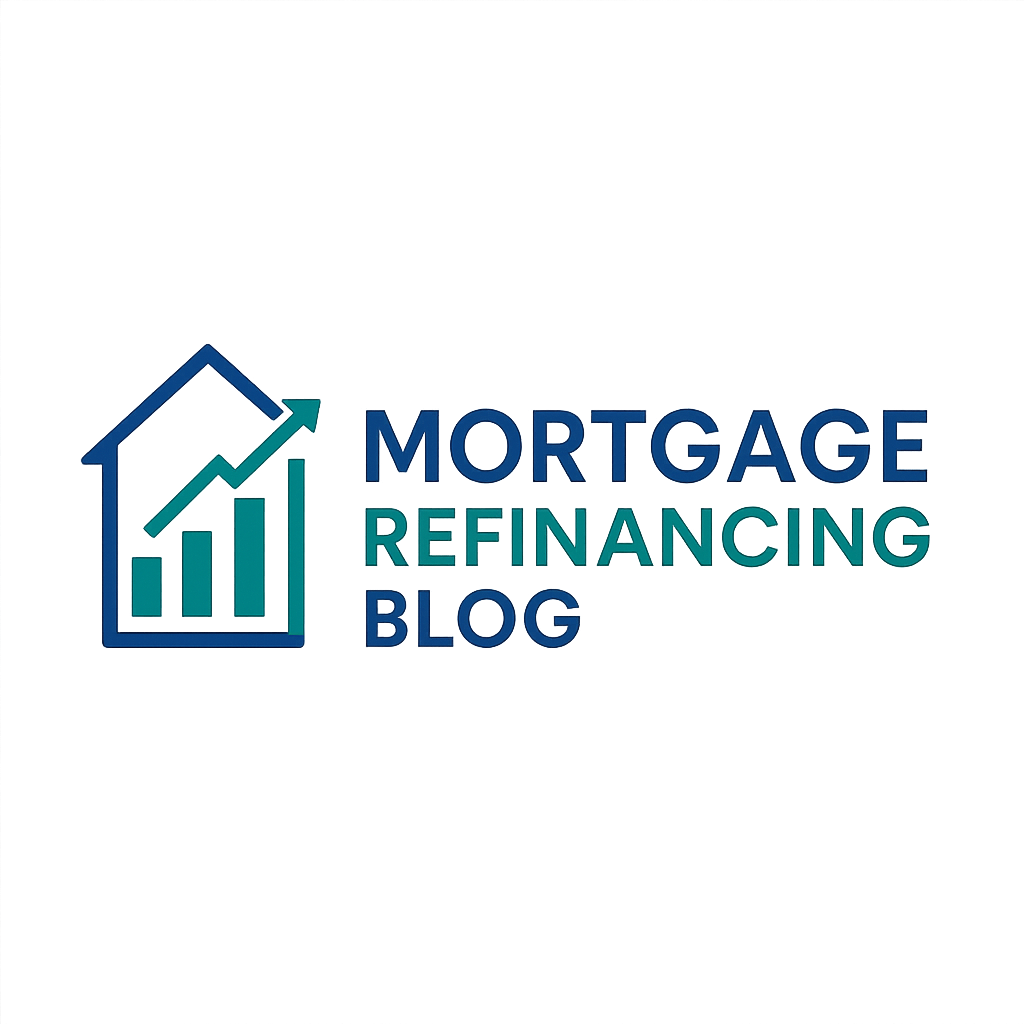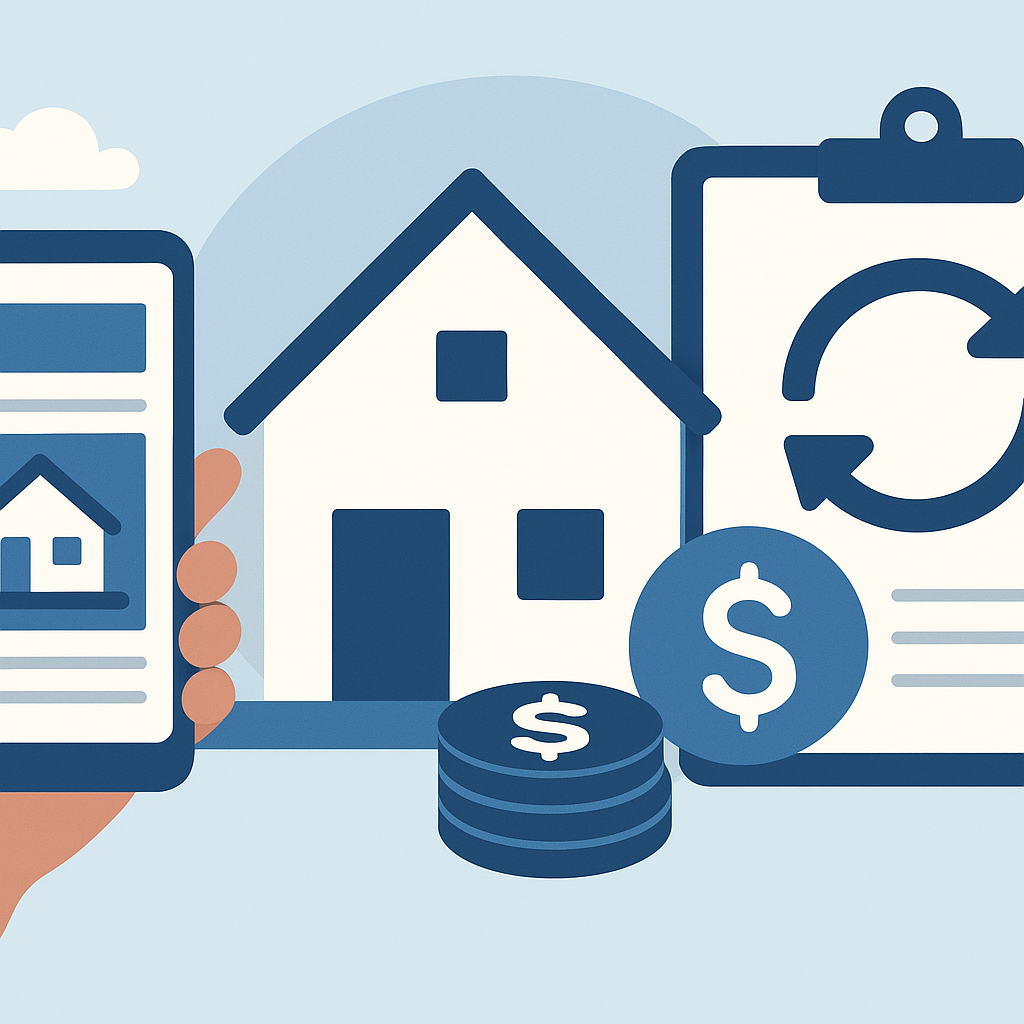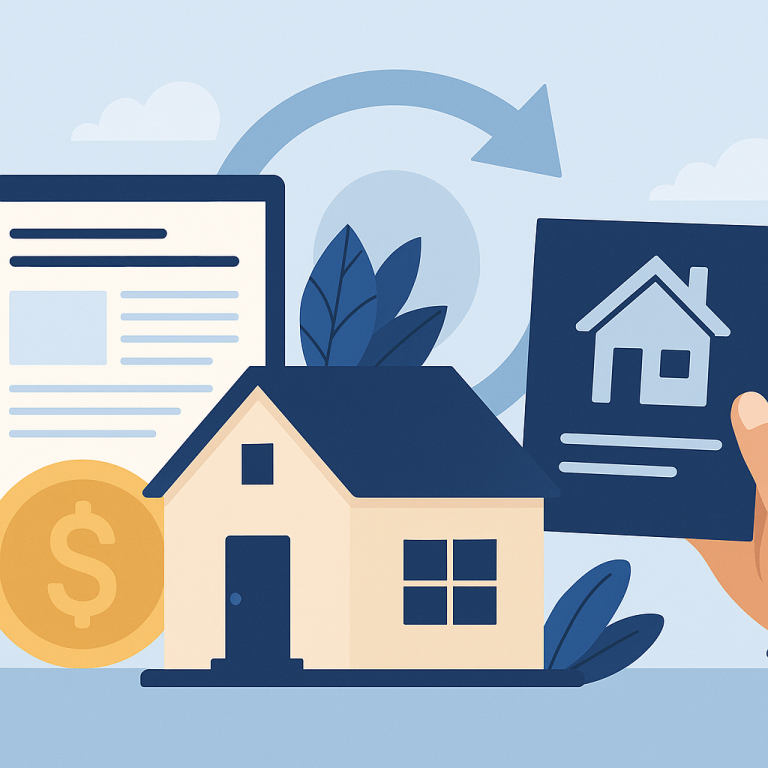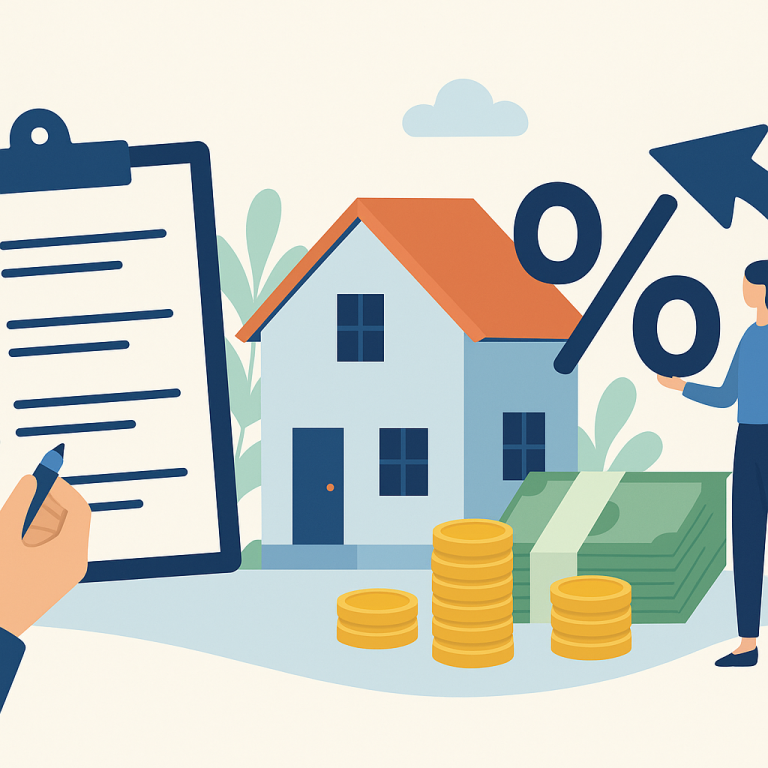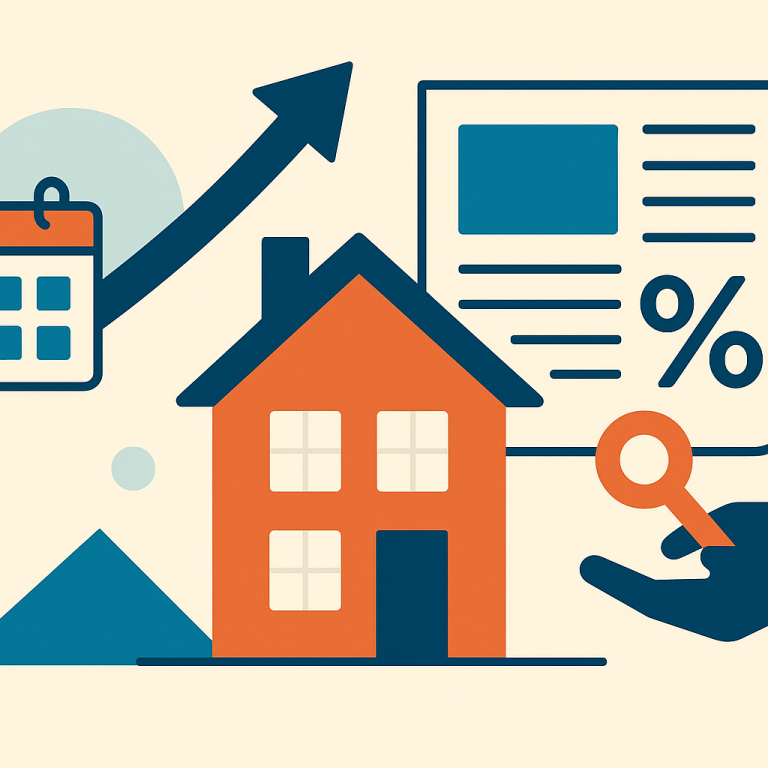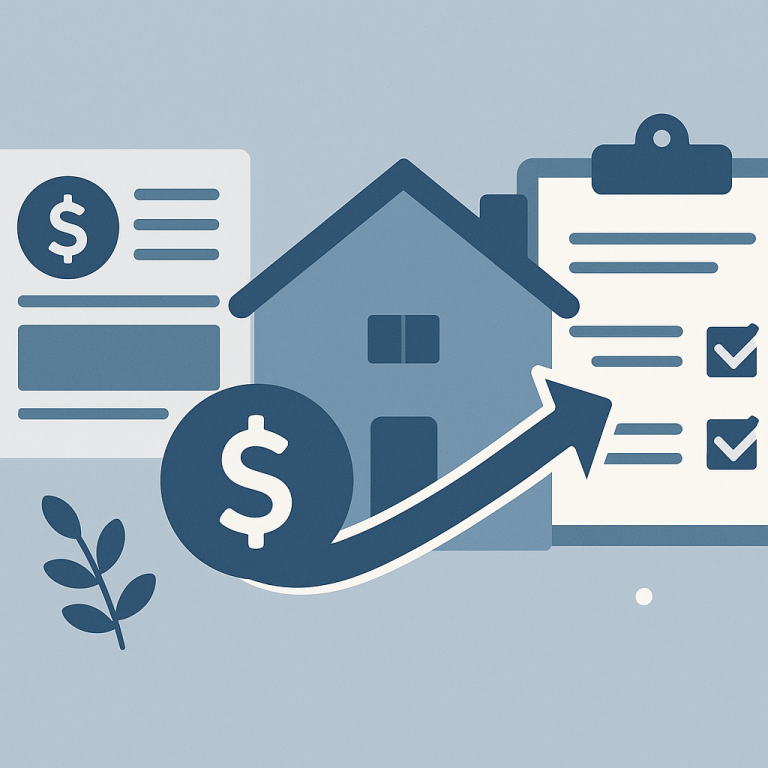FHFA Eases Appraisal Rules For Streamlined Refinance, Expanding No-Appraisal Eligibility
At a glance: This change and how it could affect refinancing decisions.
What This Means for Borrowers
After a period of rapid movement in mortgage rates, the market has settled into a more stabilized, if higher, range compared with the ultra-low levels seen earlier in the decade. That shift has changed the calculus for homeowners considering refinancing: while widespread refinancing activity has slowed, targeted cases remain financially sensible. Homeowners should focus on net benefit—how long it takes to recoup costs and whether a new loan meets broader financial goals.
With refinance economics less universally favorable, the decision is now more individualized. Key factors that affect whether refinancing makes sense include closing costs, the remaining term on the existing mortgage, the new interest rate and loan structure, and the borrower’s credit profile and equity position. Lenders also vary in fees and underwriting criteria, so rate quotes and fee estimates can differ substantially across the market.
One reason thrift matters more now is the break-even period—the time required for the monthly savings to cover upfront costs. When rates are only modestly lower, that period lengthens, making refinancing attractive mainly for homeowners who plan to remain in their homes beyond the break-even horizon. Conversely, borrowers who intend to sell or move within a few years are less likely to benefit from a refinance that carries typical closing costs.
Refinancing to shorten loan term remains a common rationale even when rate reductions are modest. Moving from a 30-year to a 15- or 20-year mortgage can increase monthly payments but substantially reduce interest paid over the life of the loan and accelerate equity accumulation. Some homeowners accept a slightly higher rate to cut term length; others prefer to keep payments similar while shortening the amortization schedule.
Cash-out refinances and rate-and-term refinances serve different purposes and carry different trade-offs. Cash-out transactions typically have stricter underwriting and may come with higher rates or limits based on loan-to-value. Borrowers using proceeds to pay down high-interest unsecured debt should compare the overall cost of the refinance with alternatives such as targeted debt repayment, personal loans, or home equity lines of credit.
Non-rate considerations also affect the decision. Private mortgage insurance, escrow changes, and potential prepayment penalties can erode anticipated savings. Additionally, a borrower’s credit score and DTI (debt-to-income) ratio influence the rate offered. Small improvements in credit or reducing outstanding balances before applying can materially improve the terms available.
Practical Steps for Homeowners
- Calculate the break-even point: add all upfront costs and divide by expected monthly savings to estimate how long it will take to recover costs.
- Compare APRs, not just the headline rate, to gauge the full cost including fees and points.
- Decide whether the goal is lower monthly payment, shorter term, cash-out liquidity, or debt consolidation—and choose loan features accordingly.
- Get multiple lender quotes and request a Loan Estimate to compare fees and underwriting terms side by side.
- Check whether paying points to reduce rate makes sense for your time horizon; it can be worthwhile if you plan to keep the loan long term.
- Consider alternatives such as loan recast, HELOC, or targeted debt repayment when a full refinance does not clearly save money.
Refinancing remains a useful financial tool, but its benefits are now more situational than universal. Homeowners who run the numbers, match the loan structure to their goals, and shop across lenders are best positioned to capture value when appropriate.
META: refinance-stability-takeaways
